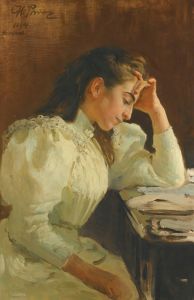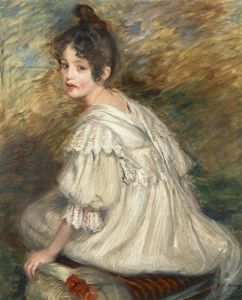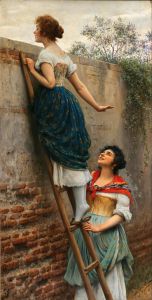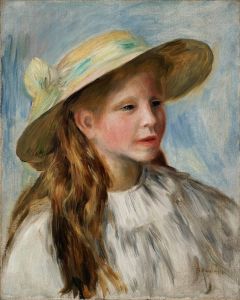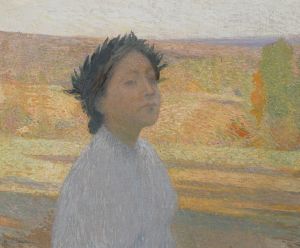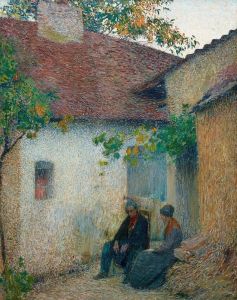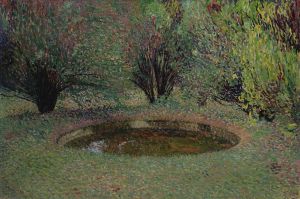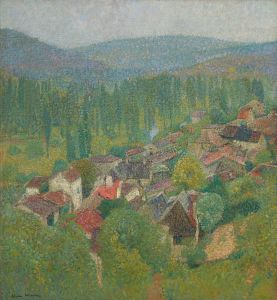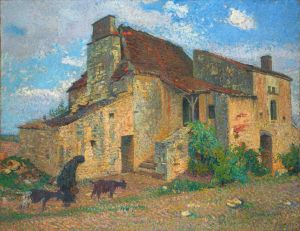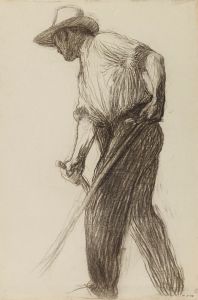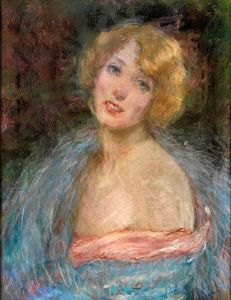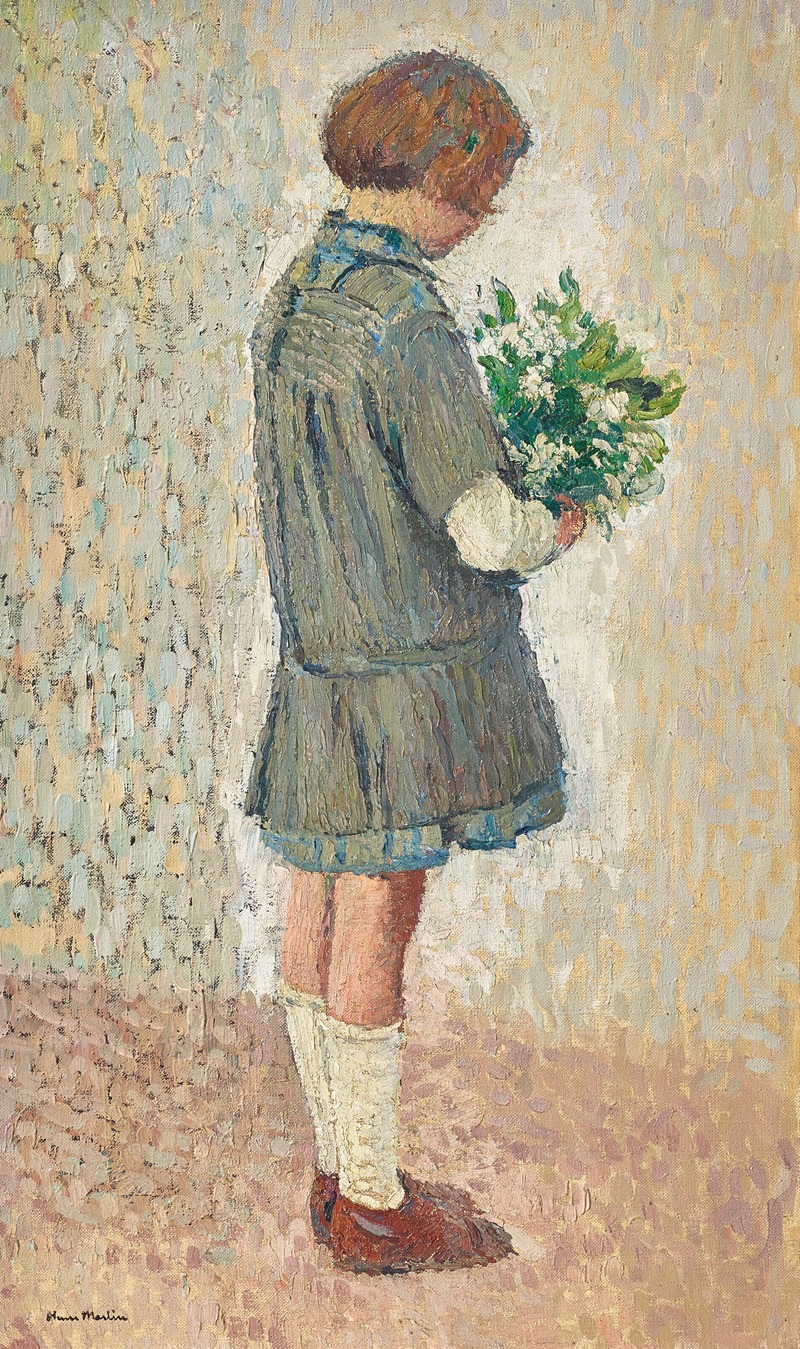
Fillette en tablier d’écolière tenant un bouquet
A hand-painted replica of Henri Martin’s masterpiece Fillette en tablier d’écolière tenant un bouquet, meticulously crafted by professional artists to capture the true essence of the original. Each piece is created with museum-quality canvas and rare mineral pigments, carefully painted by experienced artists with delicate brushstrokes and rich, layered colors to perfectly recreate the texture of the original artwork. Unlike machine-printed reproductions, this hand-painted version brings the painting to life, infused with the artist’s emotions and skill in every stroke. Whether for personal collection or home decoration, it instantly elevates the artistic atmosphere of any space.
Henri Martin (1860–1943) was a prominent French painter known for his contributions to the Post-Impressionist movement. His works often depicted serene landscapes, idyllic scenes, and figures in natural settings, characterized by a distinctive use of color and light. One of his lesser-known works is "Fillette en tablier d’écolière tenant un bouquet," which translates to "Little Girl in a School Apron Holding a Bouquet."
This painting captures a young girl dressed in a school apron, holding a bouquet of flowers. The subject matter reflects Martin's interest in everyday life and his ability to infuse ordinary scenes with a sense of tranquility and beauty. The girl's attire suggests a school setting, which was a common theme in Martin's work, as he often portrayed scenes from rural and small-town life in France.
Henri Martin was born in Toulouse, France, and began his artistic training at the École des Beaux-Arts in his hometown. He later moved to Paris, where he studied under the renowned academic painter Jean-Paul Laurens. Martin's early work was influenced by the Symbolist movement, but he gradually developed his own style, characterized by a more vibrant palette and a focus on light effects.
By the late 19th century, Martin had become associated with the Post-Impressionist movement, which sought to build upon the innovations of Impressionism while exploring new techniques and themes. His work often featured pointillist techniques, using small, distinct dots of color to create a cohesive image when viewed from a distance. This approach allowed him to capture the shimmering effects of light and atmosphere, which became a hallmark of his style.
"Fillette en tablier d’écolière tenant un bouquet" exemplifies Martin's ability to convey a sense of innocence and simplicity through his choice of subject and composition. The painting likely reflects his interest in capturing the essence of rural life and the natural beauty of the French countryside. Martin's use of color and light in this work creates a gentle, harmonious atmosphere, inviting viewers to appreciate the quiet charm of the scene.
Throughout his career, Henri Martin received numerous accolades and exhibited widely in France and internationally. He was awarded the prestigious Prix de Rome in 1885, which allowed him to study in Italy and further develop his artistic style. Martin's work was well-received by critics and collectors alike, and he became a member of the Académie des Beaux-Arts in 1917.
Today, Henri Martin is remembered as a significant figure in the Post-Impressionist movement, and his works are held in major museums and private collections around the world. "Fillette en tablier d’écolière tenant un bouquet" remains a testament to his skill in capturing the beauty of everyday life and his enduring legacy as an artist.






